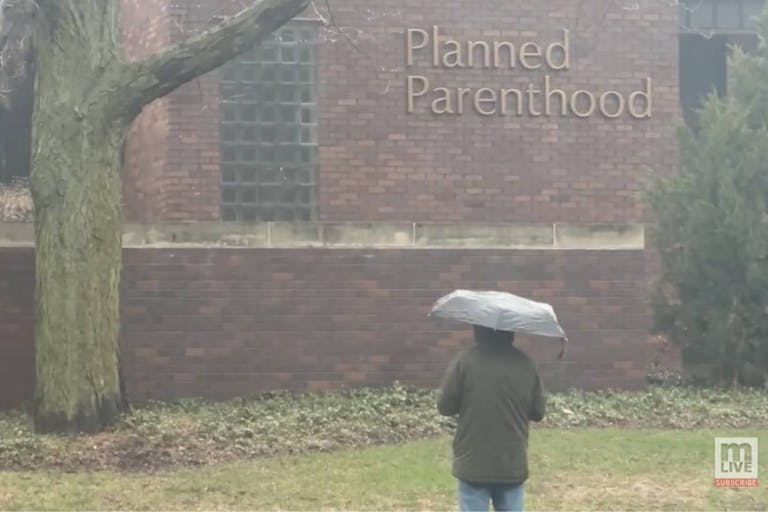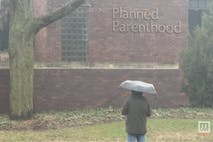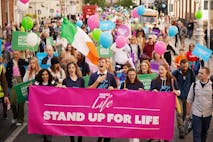
Abortion supporter harasses peaceful pro-life activist in viral video
Cassy Cooke
·
Human Interest
Lisa Bast
·
Human Interest
Nancy Flanders
·
Politics
Bridget Sielicki
·
Human Interest
Nancy Flanders
·
400k+ Readers Strong & Growing
News & Commentary from
A Pro-Life Perspective
As the news arm of Live Action, we educate the public and advocate for preborn rights by providing timely, accurate, and compelling news and stories about the pro-life movement.

Human Interest
Lisa Bast
·
Human Interest
Nancy Flanders
·
Politics
Nancy Flanders
·
Politics
Bridget Sielicki
·
Human Interest
Nancy Flanders
·
Analysis
Cassy Cooke
·
Analysis
Cassy Cooke
·
Abortion Pill
Carole Novielli
·
Politics
Stefano Gennarini, J.D. and Kelly Heilman, J.D.
·
Analysis
Cassy Cooke
·
Politics
Bridget Sielicki
·
Politics
Angeline Tan
·